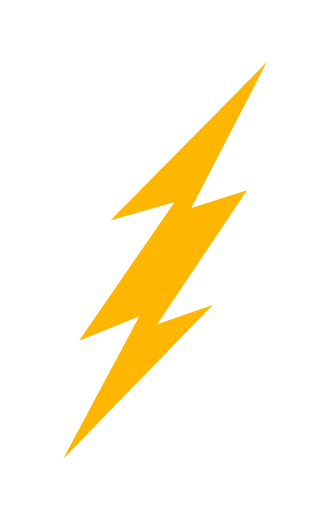Recovery Resources and Other Information
Seasonal Outlook
The fire outlook for California from February through May 2025 indicates varying conditions between the northern and southern regions. In Northern California, active jet stream patterns are expected to bring near to above-normal precipitation during February and March, followed by a trend towards warmer and drier conditions in April and May. The ongoing green-up and snow cover at mid to upper elevations are anticipated to act as barriers to fire spread during this period. Consequently, significant fire potential is projected to remain normal, aligning with the historical trend of minimal large fire activity during these months.
In contrast, Southern California has experienced a drier-than-normal wet season, with most areas receiving less than 25% of average precipitation since October 1, 2024. This prolonged dryness has led to widespread severe to extreme drought conditions. As a result, there is a slight to moderate increase in the likelihood of above-normal large fire potential along the South Coast over the next four months. While the limited growth of grasses and fine fuels reduces the likelihood of fires dominated by these fuels, the risk of fires involving timber and larger fuels has increased.
Overall, while Northern California is expected to maintain normal fire potential due to favorable precipitation and fuel conditions, Southern California, particularly the South Coast, faces an elevated risk of large fires driven by ongoing drought and dry fuel conditions.
Information presented on the departments website is a representation of the existing wildfire situation, based on the information readily available to CAL FIRE. We make every effort to provide accurate and complete information, however the data is subject to review and change. This site provides general information concerning an incident. All of our information comes from the firelines and must be approved by the Incident Commander in charge of managing the incident prior to release. As battling a fire, or handling any other disaster is the priority, updates to these sites cannot be guaranteed on a set time schedule. Please use the information on these pages only as a reference. The sites are not meant to provide up-to-the-minute evacuation or fire behavior information. Please refer to the fire information phone numbers provided on this site, and website links for additional information, and monitor your local radio stations for emergency broadcasts. If you live in a wildland area always have an evacuation plan in place. Fires occur throughout the State within CAL FIRE jurisdiction on a daily basis during fire season. However, the majority of those fires are contained quickly and no information will generally be provided on these incidents at this site if the fire burns less than 10 acres. If you would like to obtain information about a CAL FIRE fire burning in your area that is not included on this web site, please contact the CAL FIRE Unit that services your county.

















